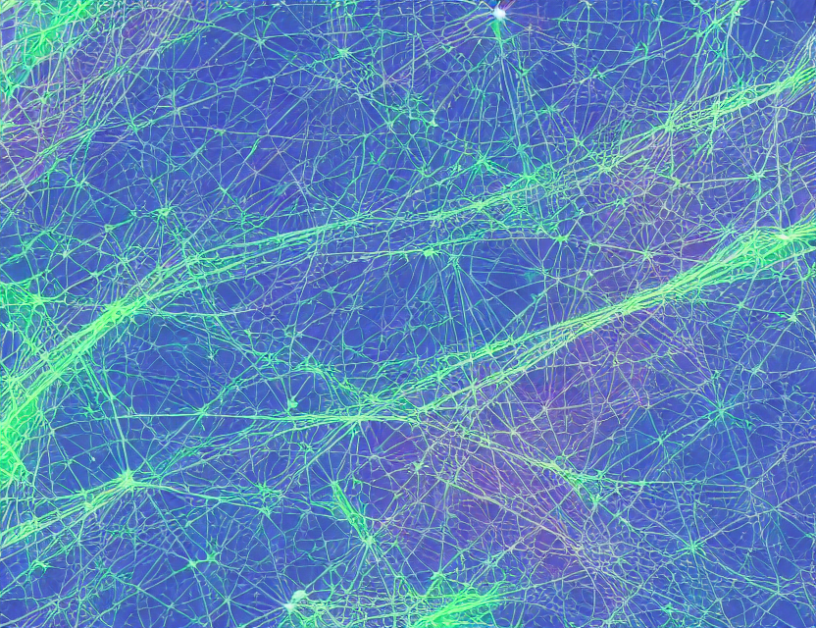In this article, we explore the use of deep learning techniques for image transmission, with a focus on joint source coding and modulation, generative adversarial networks (GANs), and perception-classification tradeoffs. The authors analyze various algorithms for image transmission, including autoencoders, which compress images but lack efficiency due to high classification accuracy. GANs are introduced as a generative model that learns both low-level features and classifiers without supervision, allowing for extreme compression while maintaining image quality.
The article starts by discussing the importance of efficient image transmission in various applications, such as medical imaging and augmented reality. The authors then delve into the concept of joint source coding and modulation, where images are combined with other data sources, such as text or audio, to improve transmission efficiency. They highlight the use of deep neural networks (DNNs) for this purpose, as they can learn both image and non-image features jointly.
The authors then turn their attention to GANs, which have shown great promise in image transmission tasks. GANs are capable of extreme compression while maintaining image quality due to their ability to learn a mapping between the original image and a distorted version that preserves class information. The article provides examples of GAN-based image transmission algorithms, such as Dual-GAN, which combines a generator and discriminator network to transmit images with improved quality and compression ratio.
The authors also discuss perception-classification tradeoffs in image transmission, where the quality of the transmitted image is affected by the rate at which it is transmitted. They show that while classification accuracy is maintained, the cost of communication efficiency results in a loss of details, such as digit orientation and line thickness. The article highlights the importance of balancing perception and classification to achieve optimal transmission performance.
Finally, the authors conclude by discussing future research directions in deep learning for image transmission, including the use of attention mechanisms, multi-modal fusion, and improved GAN architectures. They emphasize the need for further study on the theoretical foundations of these techniques to better understand their limitations and potential applications.
In summary, this article provides a comprehensive overview of the various deep learning techniques used in image transmission, including joint source coding and modulation, GANs, and perception-classification tradeoffs. It highlights the potential of these techniques to improve image transmission efficiency while maintaining quality, and outlines future research directions in this rapidly evolving field.
Computer Science, Machine Learning
Joint Source Coding and Modulation: A Comprehensive Review of Algorithms for Image Transmission



